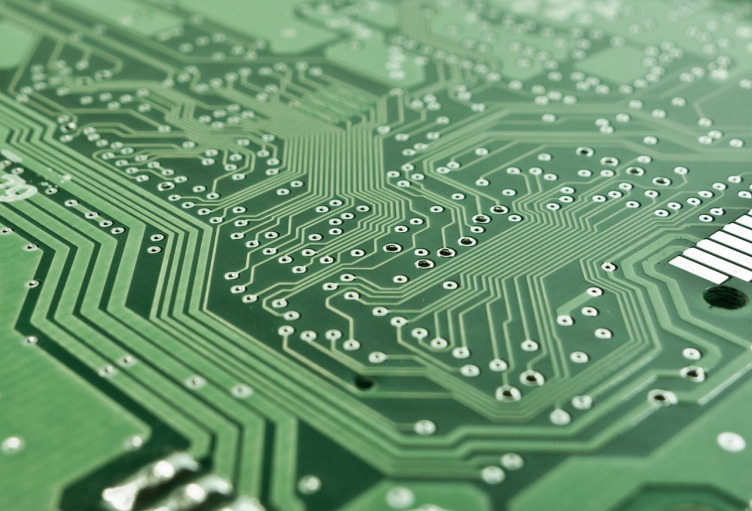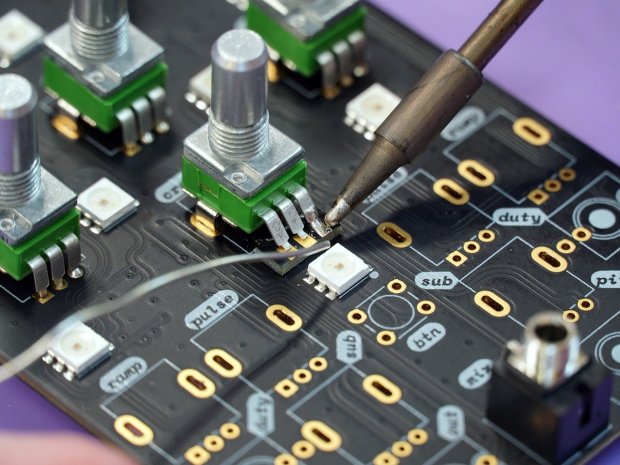
Yala Labs
Cutting-edge Research and Innovation in Embedded Systems
Iot-enABLE YOUR PRODUCTS, mANUFACTURING facility or warehouse in Three simple steps
Research

Embedded system design projects often face unique set of challenges: limits on circuit dimensions; limited memory, stringent energy budgets for battery powered systems; timing constraints on Real-Time Systems; preset per unit cost requirements, and various operating- environment requirements. Thus, starting point for most projects is a comprehensive feasibility study that analyses various solution paths. Thereafter, cost and performance implications of each of the available options are considered, allowing all stakeholders to make more informed decisions on the future course of the project.
PROTOTYPING

Second step is to build a complete prototype (complete with all constituent elements: PCBs, firmware and back-end software, relevant software tools, etc) in order to evaluate the merits of the design decisions. We possess expertise in wide range of relevant processor platforms, networking standards, cloud connectivity, relevant security technologies and back-end server technologies. This allows us to build and evaluate prototypes relatively quickly, in most instances, entirely using internal resources. Then, guided by the evaluation data, the prototype is iteratively refined to meet all the performance goals set out at the outset.
Solutions

The final step is to transition the protype to the production version, now focused on manufacturability and maintainability of both hardware and software. Depending on the requirements and nature of the project, some components developed as part of the prototype can be reused. Instead of having three (or more) separate companies handling different aspects of the project such as the PCB designs, firmware, back-end software and software tools, we provide clients with an one-stop shop. This often saves significant amount of overhead associated with multi-company projects. Moreover, from past experiences, this leads to a much more coherent and higher quality final product.





